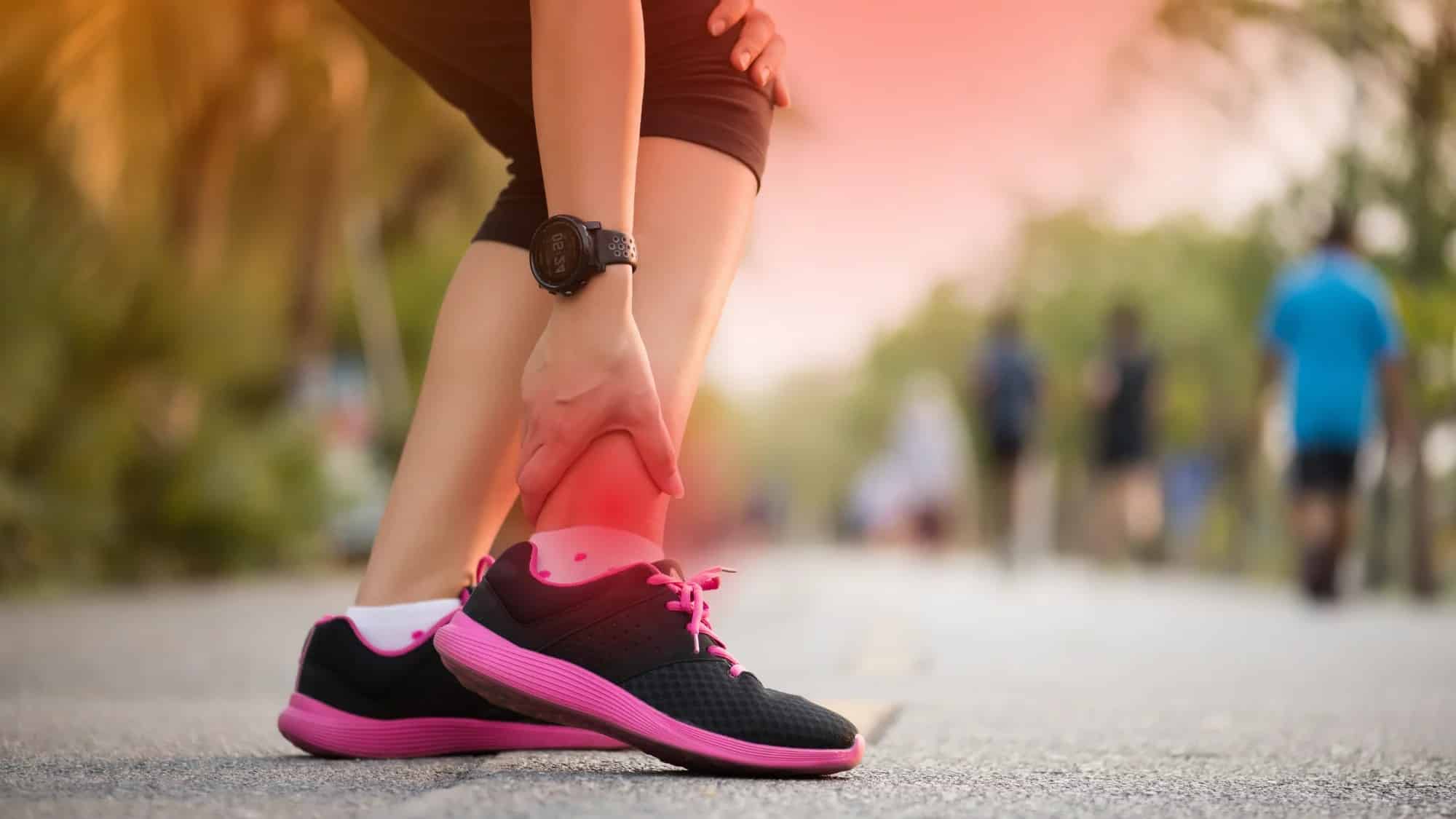As late summer brings higher temperatures and humidity, the risk of heat-related injuries and exercise strain increases—especially for athletes, outdoor workers, and fitness enthusiasts. Understanding how to prevent these injuries is essential for maintaining health and performance. One of the most effective strategies is integrating physical performance testing into your routine, ideally under the guidance of a qualified professional, such as a physical therapist.
Why Late-Summer Heat Increases Injury Risk
Late summer is notorious for sudden spikes in temperature and humidity, which can:
– Increase physiological strain during exercise.
– Impair the body’s ability to cool itself, leading to dehydration and overheating.
– Heighten the risk of exertional heat illnesses such as heat exhaustion, heat cramps, and even heat stroke.
Exertional heat illness is a spectrum that includes muscle cramps, heat syncope (fainting), heat exhaustion, and the most severe, exertional heat stroke (EHS). These conditions are more likely when the body is not acclimatized to the heat or when hydration is inadequate.
The Role of Physical Performance Testing
Physical performance testing evaluates your body’s readiness for exercise in hot conditions. This testing can include:
- Heat tolerance testing (HTT): Measures how your body responds to exertion in the heat, monitoring core temperature and other vital signs.
- Baseline fitness assessments: Identify underlying weaknesses or imbalances that could increase injury risk.
- Hydration and recovery protocols: Tailored recommendations to ensure you start exercise in a well-hydrated state and recover properly afterward.
A search for “physical therapist near me” can conduct these assessments and develop a personalized plan to help you adapt safely to late-summer conditions.
How Testing Helps Prevent Heat and Exercise Strain
Physical performance testing provides several key benefits:
- Identifies individual risk factors: Some people are more susceptible to heat-related illnesses due to fitness level, medical history, or acclimatization status.
- Guides safe progression: Testing helps determine safe exercise intensity and duration, reducing the risk of overexertion.
- Monitors acclimatization: Repeated exposure and testing over 1–2 weeks can help your body adapt to heat, lowering physiological strain.
- Supports rapid intervention: Early detection of abnormal responses allows for prompt adjustments in training or immediate medical attention if needed.
Practical Prevention Tips
To further reduce your risk of late-summer injuries:
- Acclimatize gradually: Increase exercise intensity and duration slowly over 1–2 weeks in hot conditions.
- Stay hydrated: Drink water consistently before, during, and after activity.
- Schedule smart: Exercise during cooler parts of the day, such as early morning or evening.
- Take breaks in shade: Allow your body to recover and cool down regularly.
- Wear appropriate clothing: Choose lightweight, breathable fabrics to aid sweat evaporation.
- Monitor for symptoms: Watch for signs of heat illness, including headache, dizziness, nausea, rapid pulse, and excessive sweating.
When to See a Physical Therapist
If you experience recurring fatigue, muscle cramps, or any symptoms of heat strain, consult a physical therapist. These professionals can:
- Conduct comprehensive physical performance testing
- Develop individualized heat acclimatization and injury prevention plans
- Provide guidance on safe exercise practices and recovery strategies
Conclusion
Physical performance testing is a proactive approach to preventing late-summer injuries and heat-related exercise strain. By working with a physical therapist, you can ensure your body is prepared for the demands of summer activity—staying safe, healthy, and active all season long.






